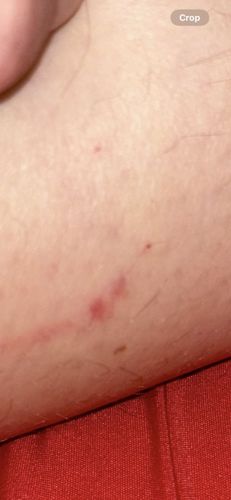Flea
Scientific Name: Siphonaptera (order) - various species
Order & Family: Order: Siphonaptera, Family: Pulicidae (common fleas)
Size: 1.5 mm to 3.3 mm (0.06 to 0.13 inches)

Natural Habitat
Fleas thrive in warm, humid environments. They are typically found on hosts (mammals and birds) or in their immediate surroundings, such as bedding, carpets, upholstery, and cracks in floors, waiting for a host.
Diet & Feeding
Adult fleas are obligate hematophages, meaning they feed exclusively on the blood of their warm-blooded hosts (mammals and birds). Larvae feed on organic debris, including adult flea feces (dried blood).
Behavior Patterns
Fleas are wingless insects known for their ability to jump significant distances relative to their size, allowing them to easily transfer between hosts. They are highly agile and can quickly move through fur or feathers. Females lay eggs on the host, which then fall off into the environment, where larvae and pupae develop. The entire life cycle can be completed in as little as two to three weeks under optimal conditions.
Risks & Benefits
Potential Risks: Flea bites cause itchy, red welts on humans and pets, leading to discomfort, skin irritation, and allergic reactions (flea allergy dermatitis). They can transmit diseases such as bubonic plague (rare in modern times), murine typhus, and serve as intermediate hosts for tapeworms (e.g., Dipylidium caninum). Potential Benefits: While generally considered pests, fleas are a food source for some predatory insects, spiders, and small mammals, playing a minor role in the food web. Their primary ecological role is as parasites.
Identified on: 9/6/2025